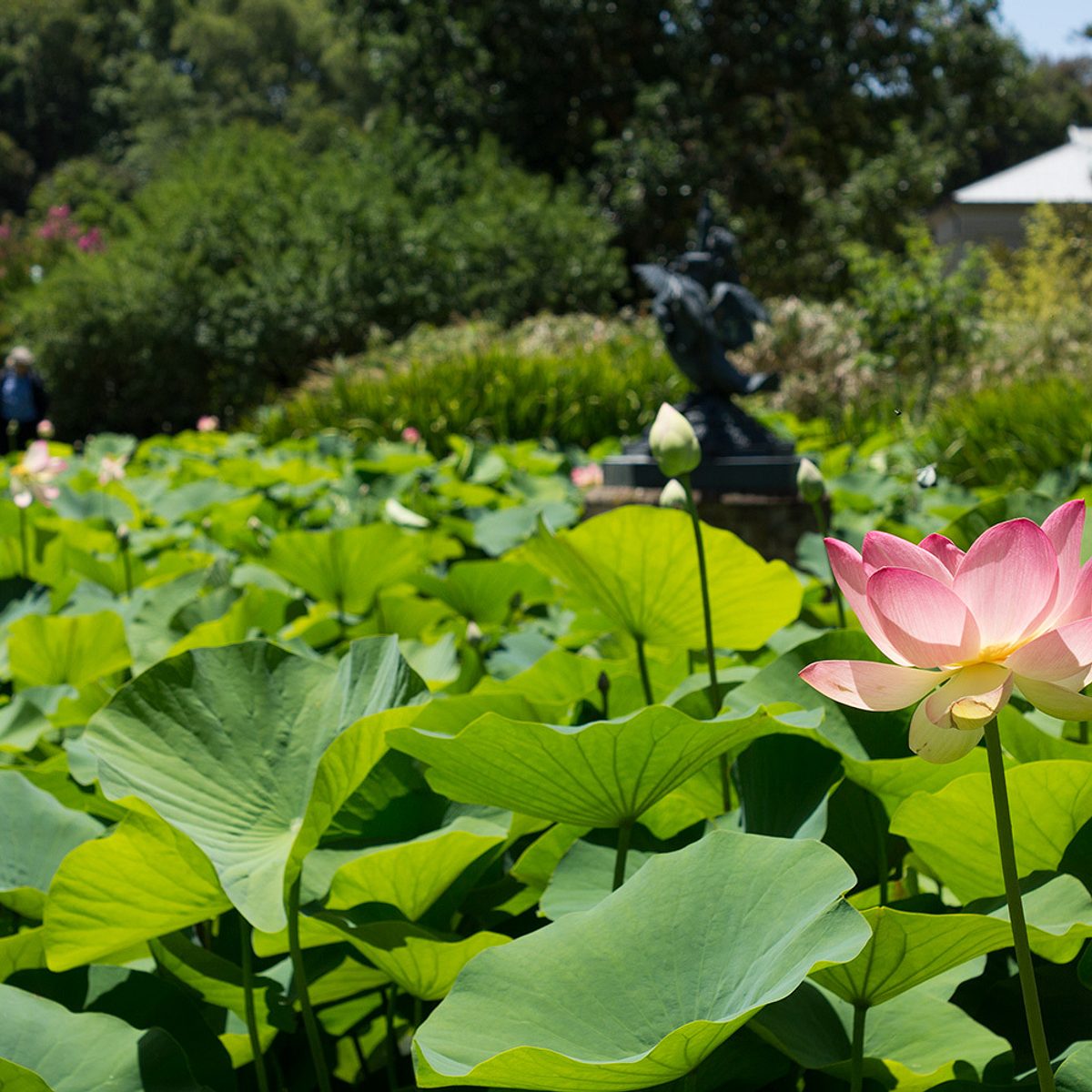
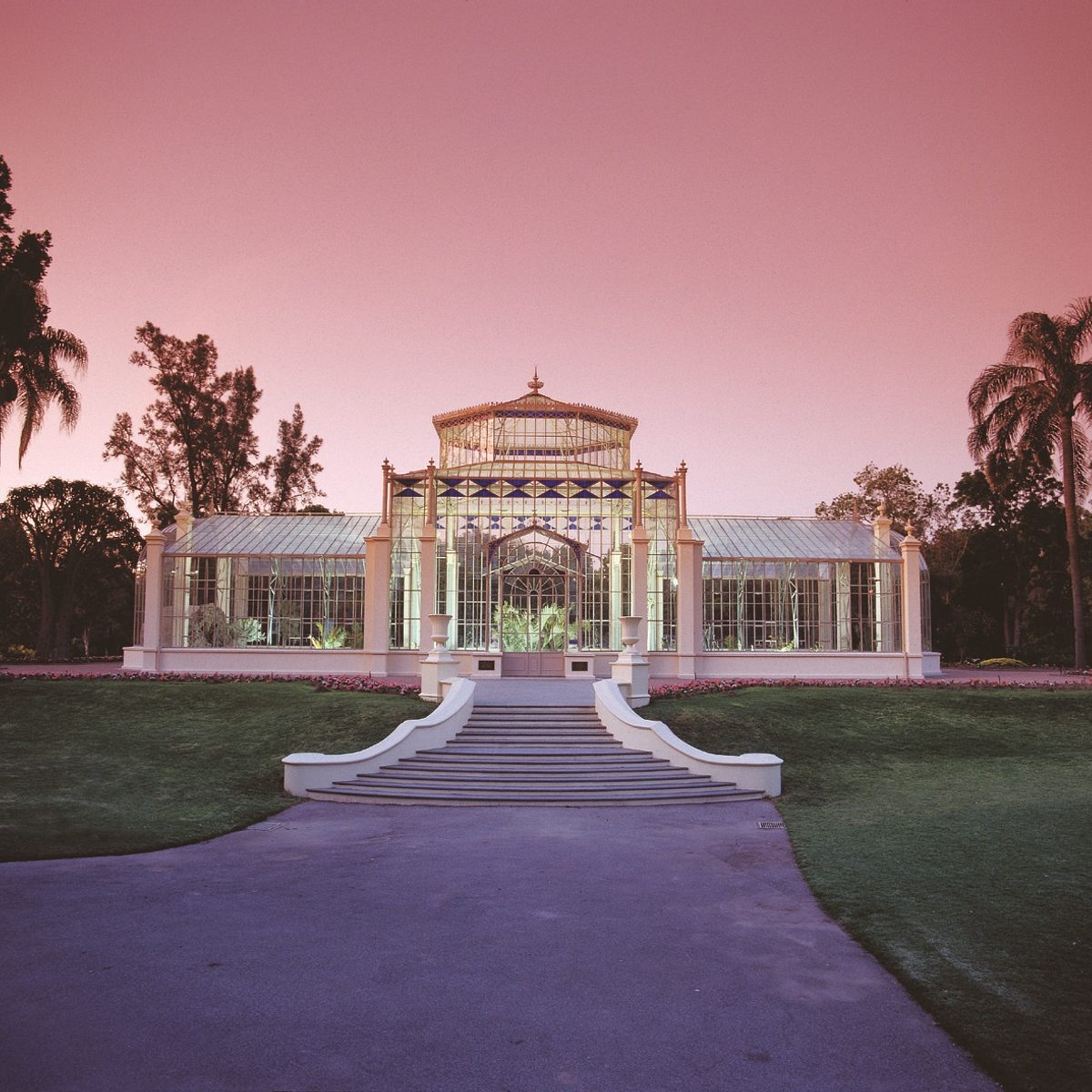
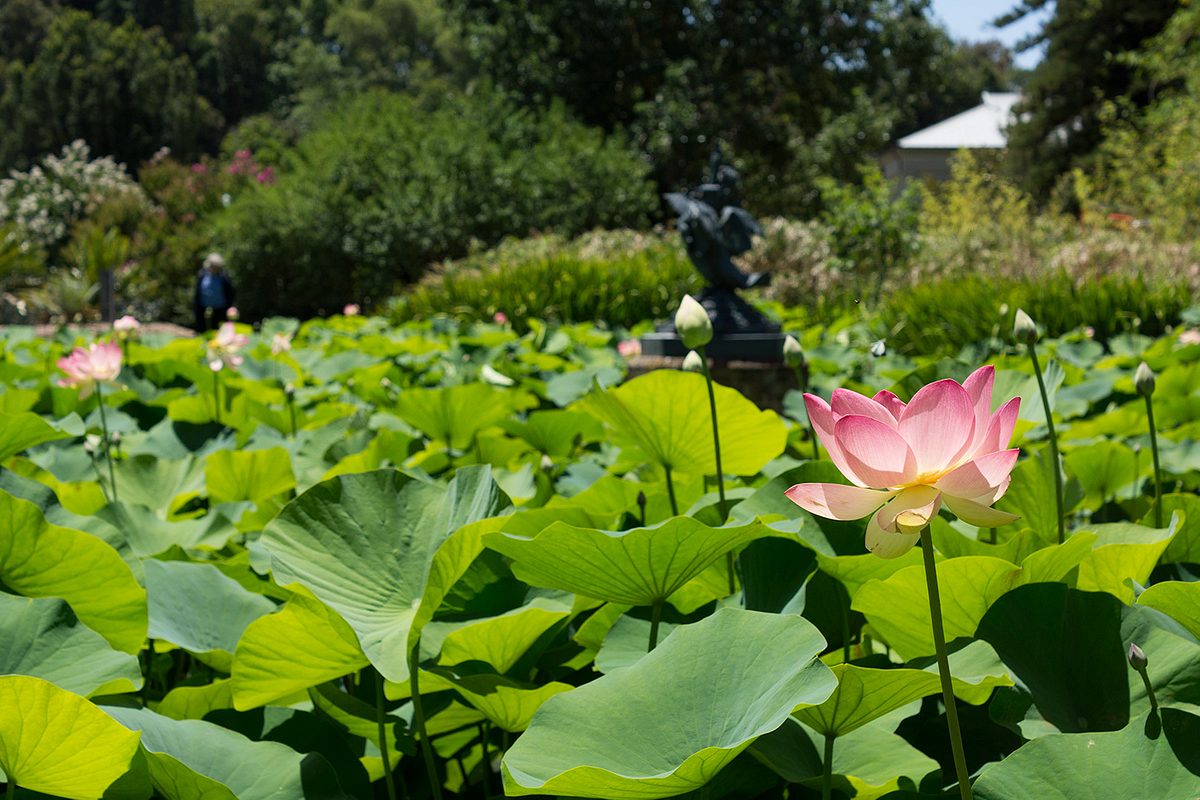
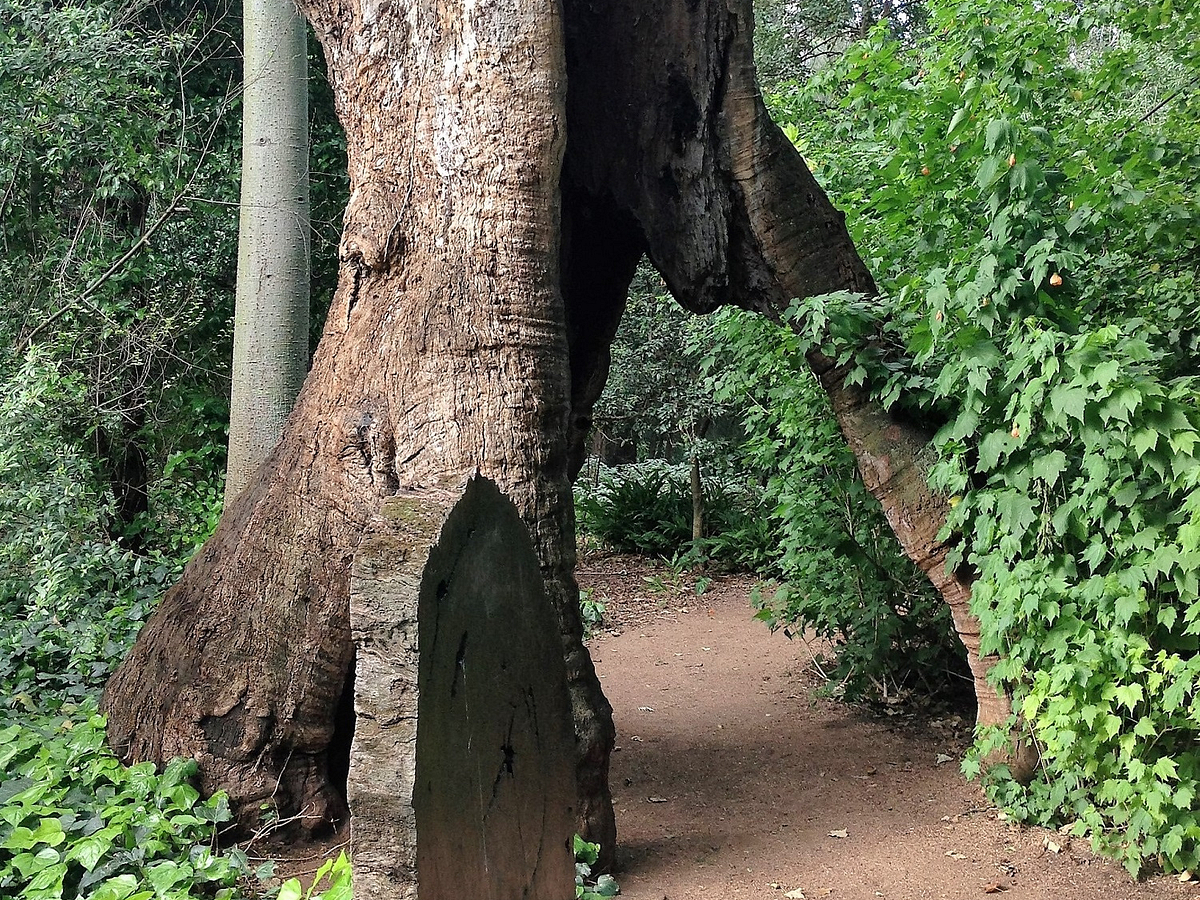
Discover the diversity of Australian plants and spectacular trees in this green oasis. Sawdust paths weave through the tranquil space, offering a place of respite and calm.
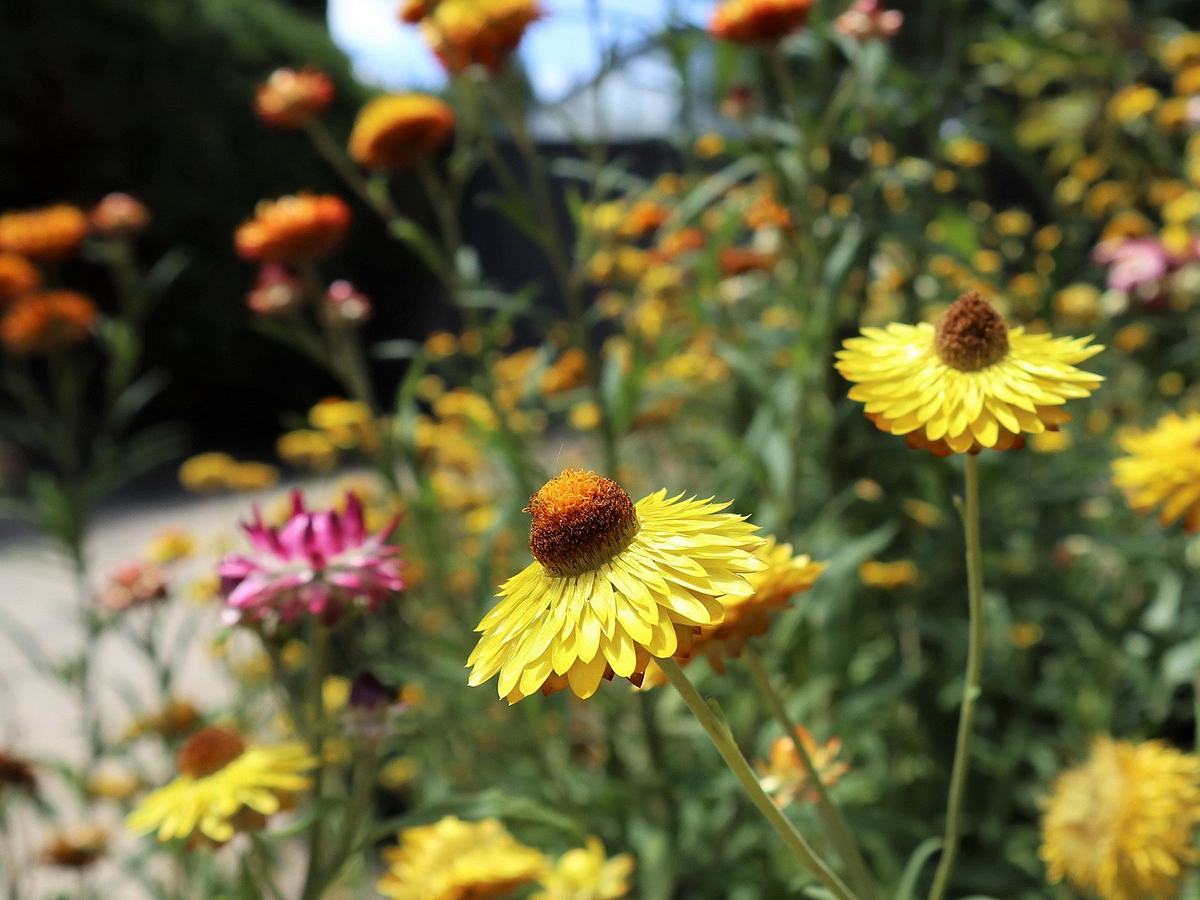
An inspirational and innovative garden demonstrating ways to use Australian native plants that are both sustainable and water wise.
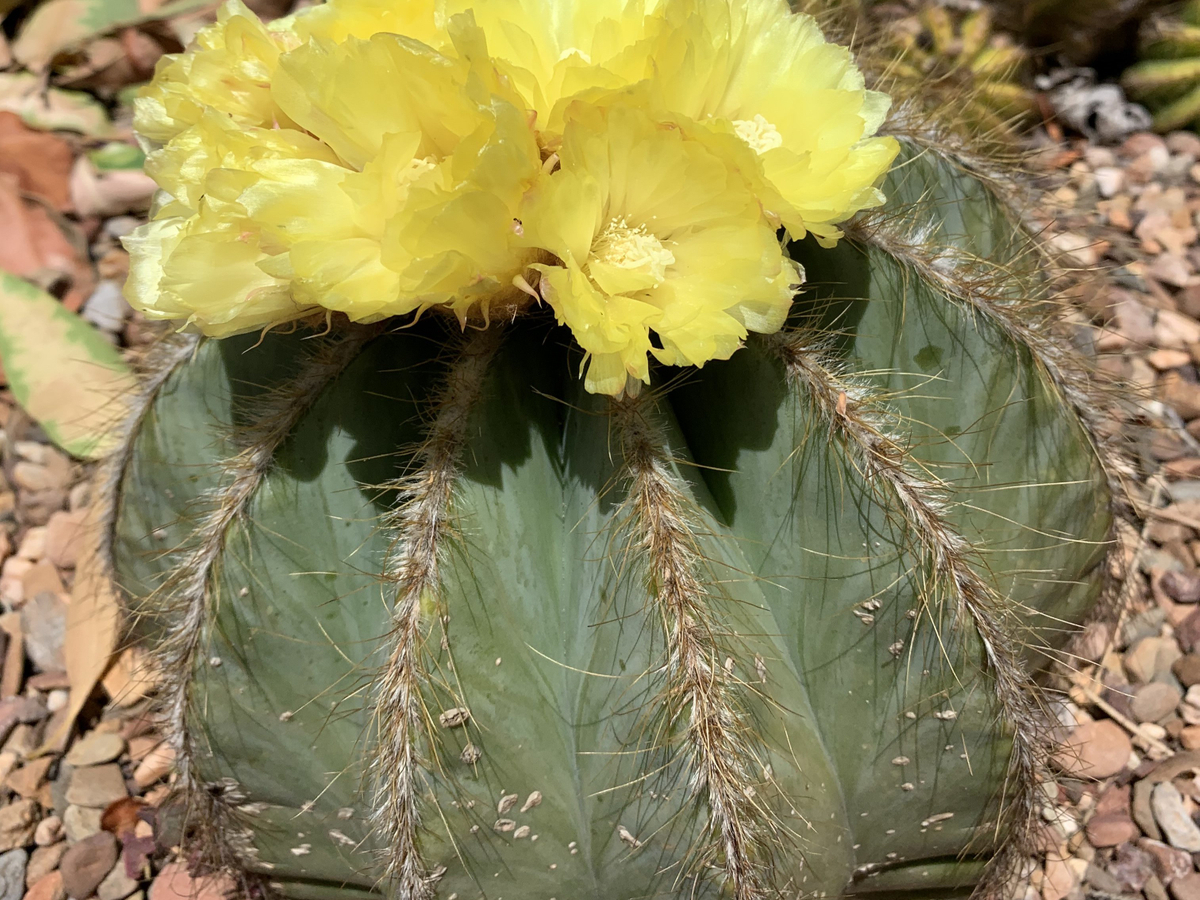
Discover how plants from South America and Africa have evolved to deal with their harsh environments, as well as the similarities between them.
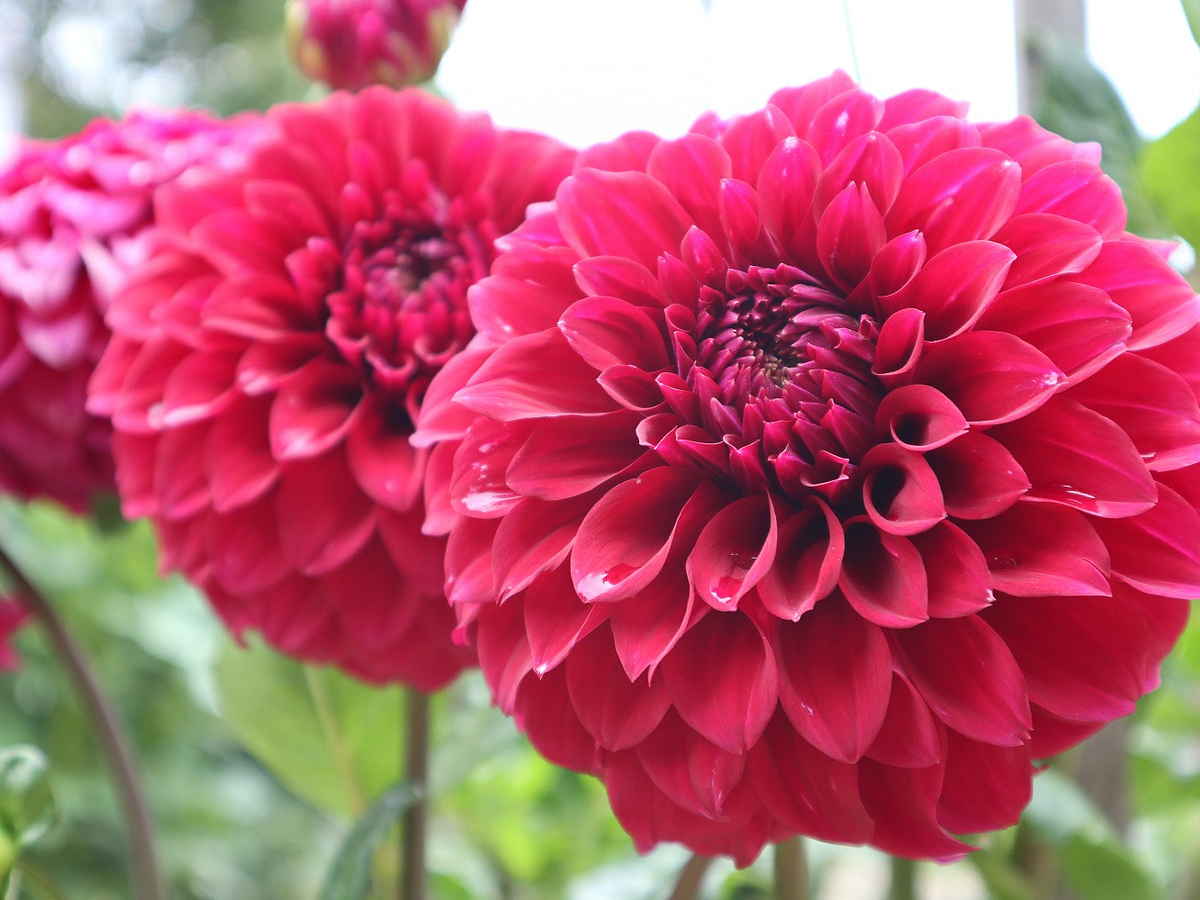
The Dahlia Garden is awash with vibrant colour in late summer. See it a short stroll east of the Museum of Economic Botany.
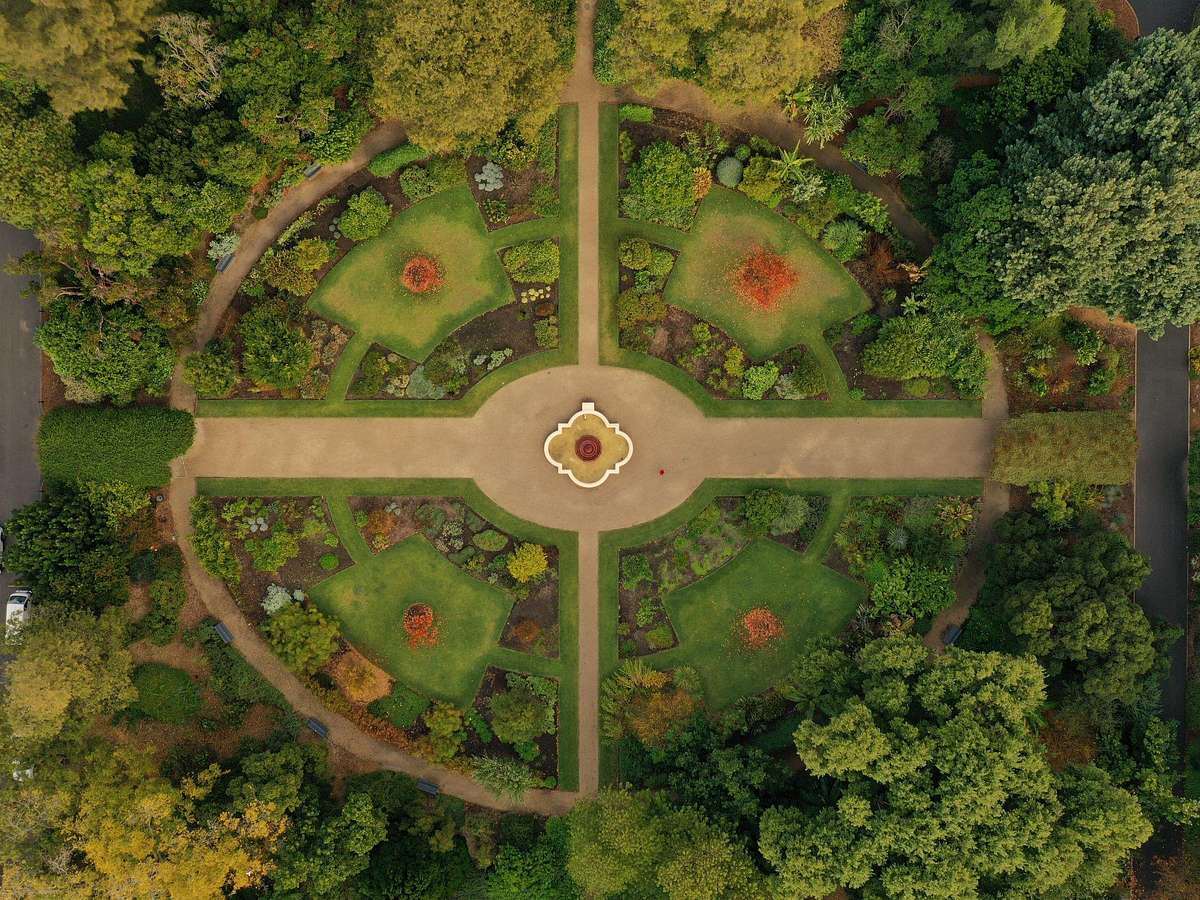
The Economic Garden demonstrates what a variety of fibres, oils, herbs and spices look like in their living plant form, before they’re harvested and processed into the many products we know and use today.
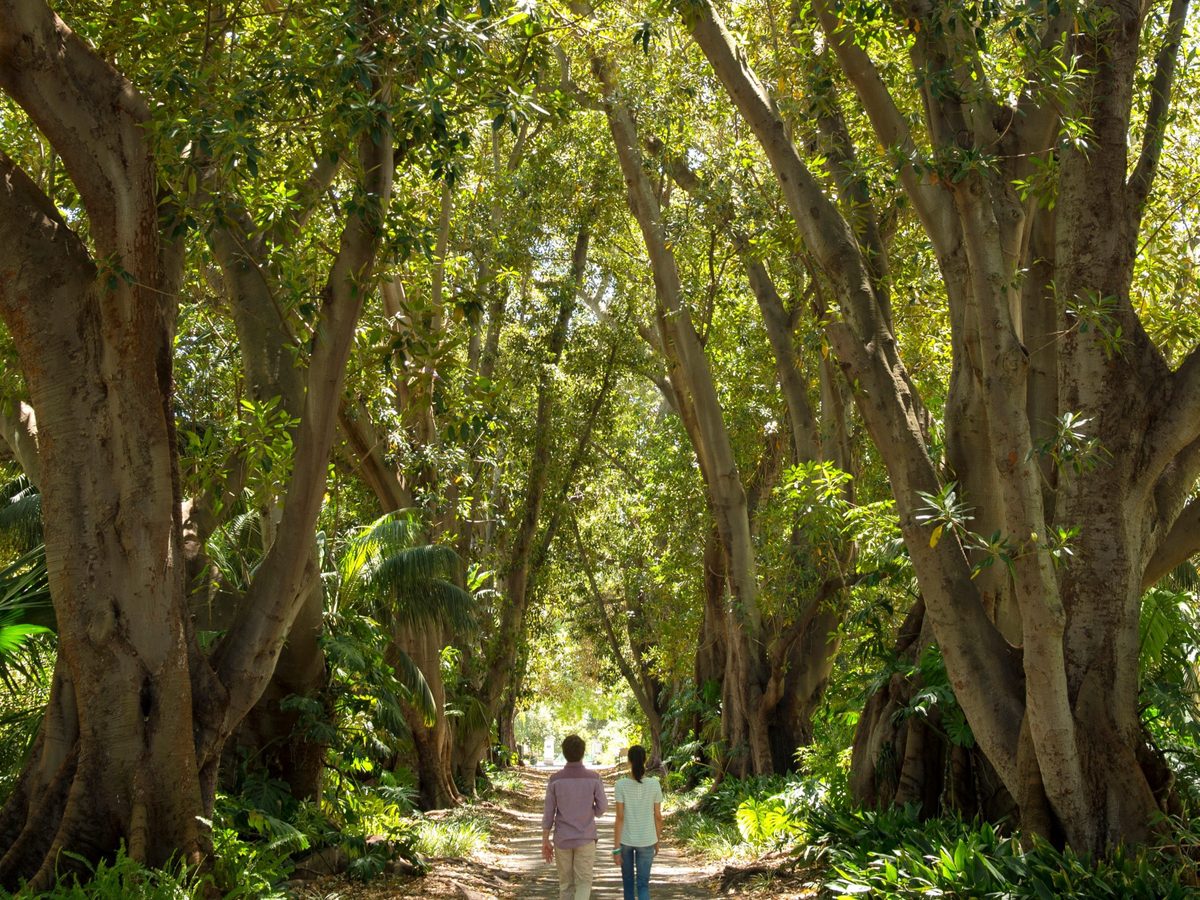
Wander down this iconic avenue of 150 year old Moreton Bay Fig trees. A cool spot on warm days, you can't help but be amazed by their buttress roots which help stabilise these towering giants of the botanical world.
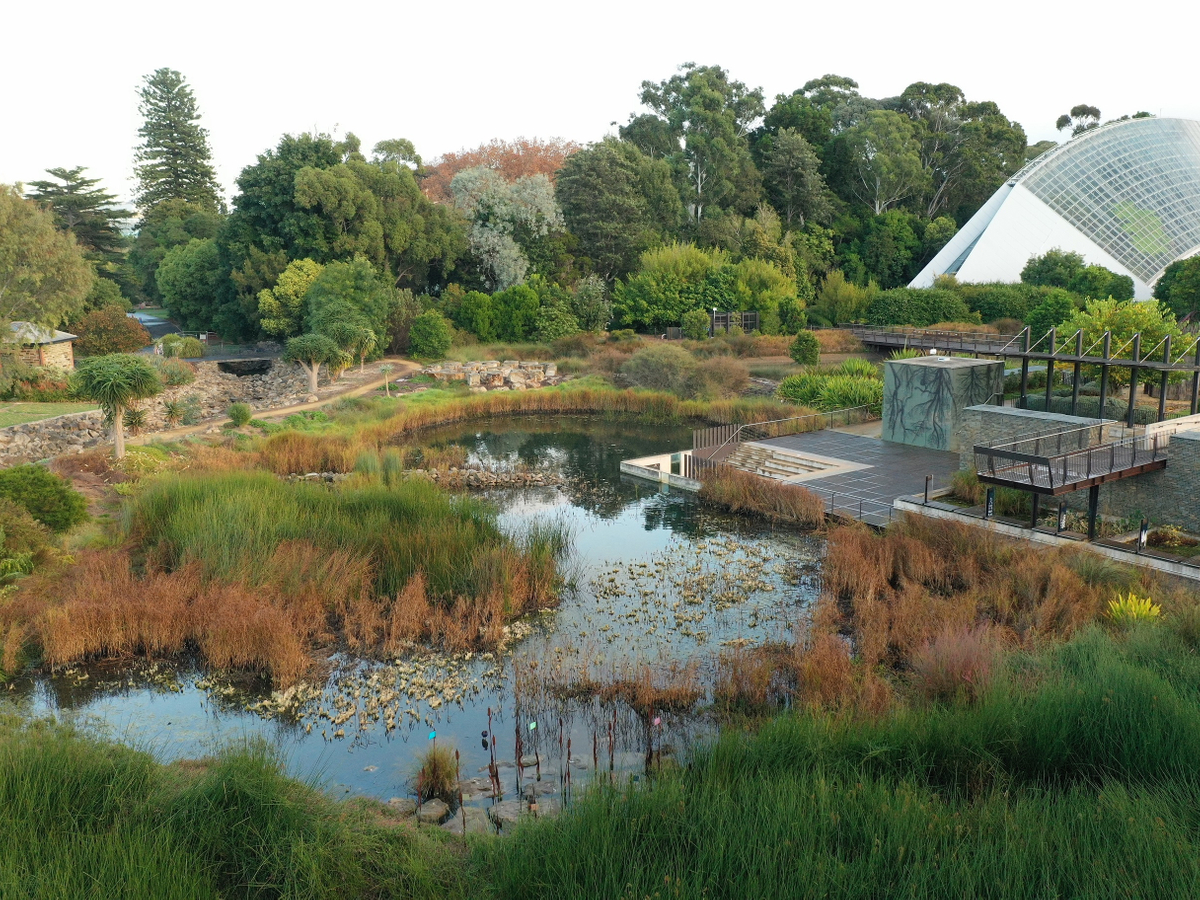
The First Creek Wetland shows how beautiful, essential and useful wetlands are for maintaining a healthy environment.
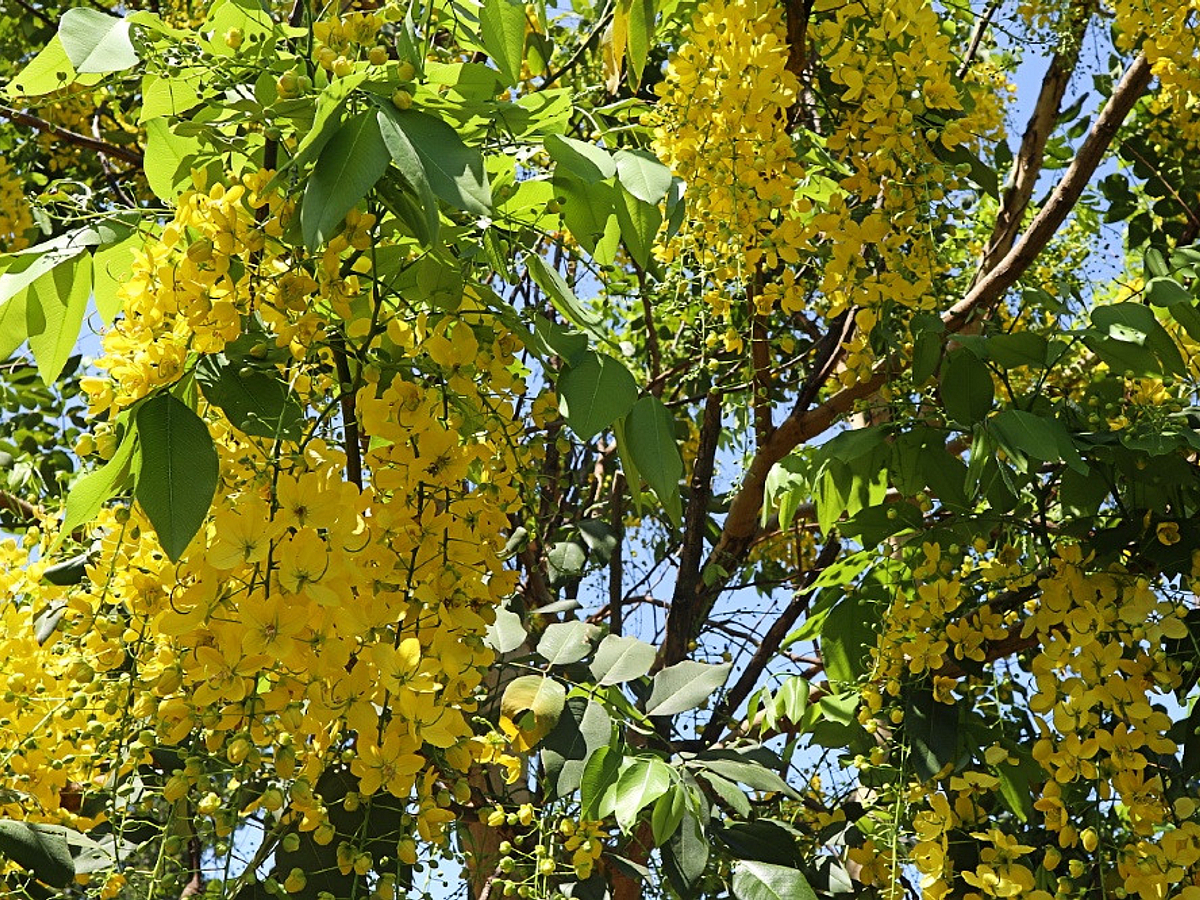
The power of plants extends far beyond their beauty – for thousands of years plants have been used to heal the body, mind and soul. An iconic health and wellbeing demonstration garden (and a tranquil city retreat), the Garden of Health houses over 2,500 plants used to heal and promote wellbeing in western and non-western cultures.
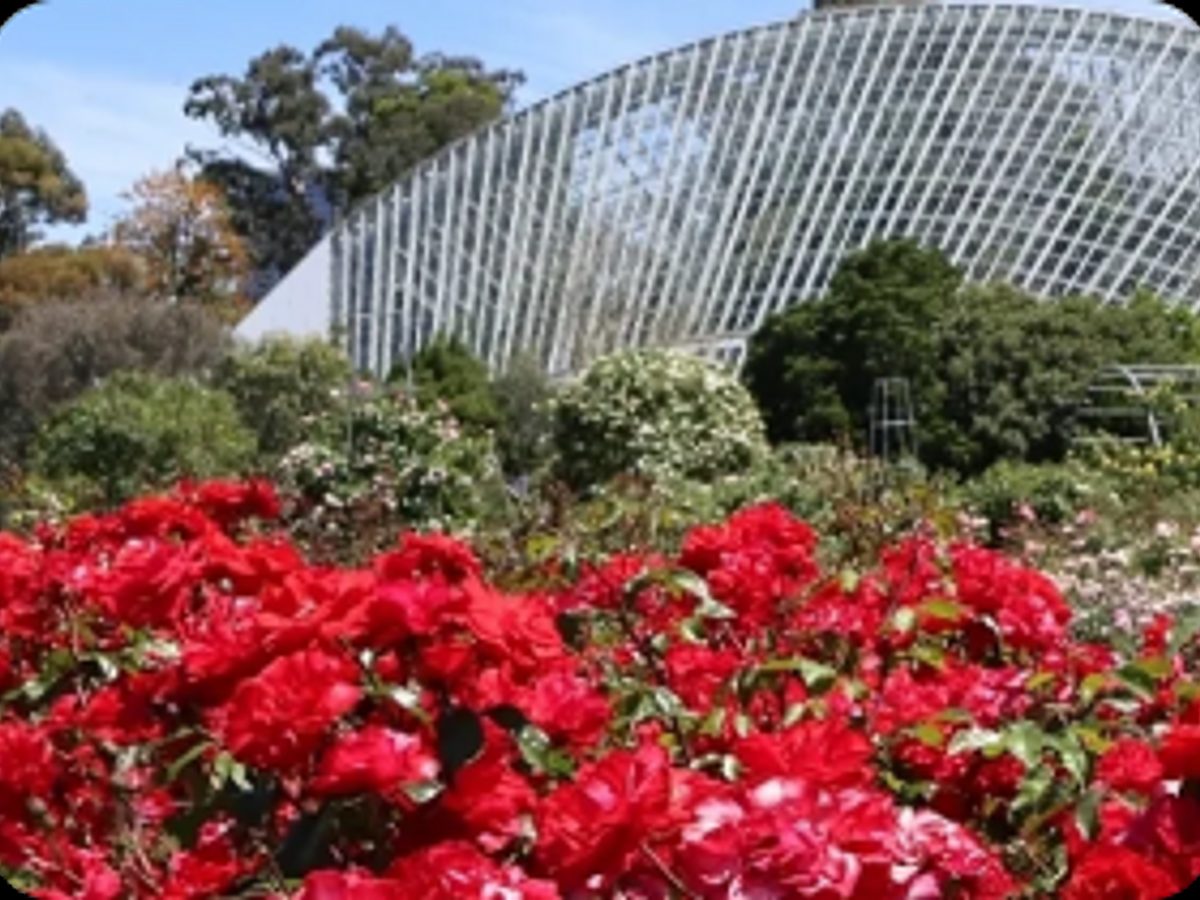
Stroll among thousands of fragrant and colourful roses in the International Rose Garden and National Rose Trial Garden. Flowering from spring to autumn, the garden displays more than 350 rose cultivars, including areas devoted to Australian-bred roses, single roses, heritage roses and pillar roses.
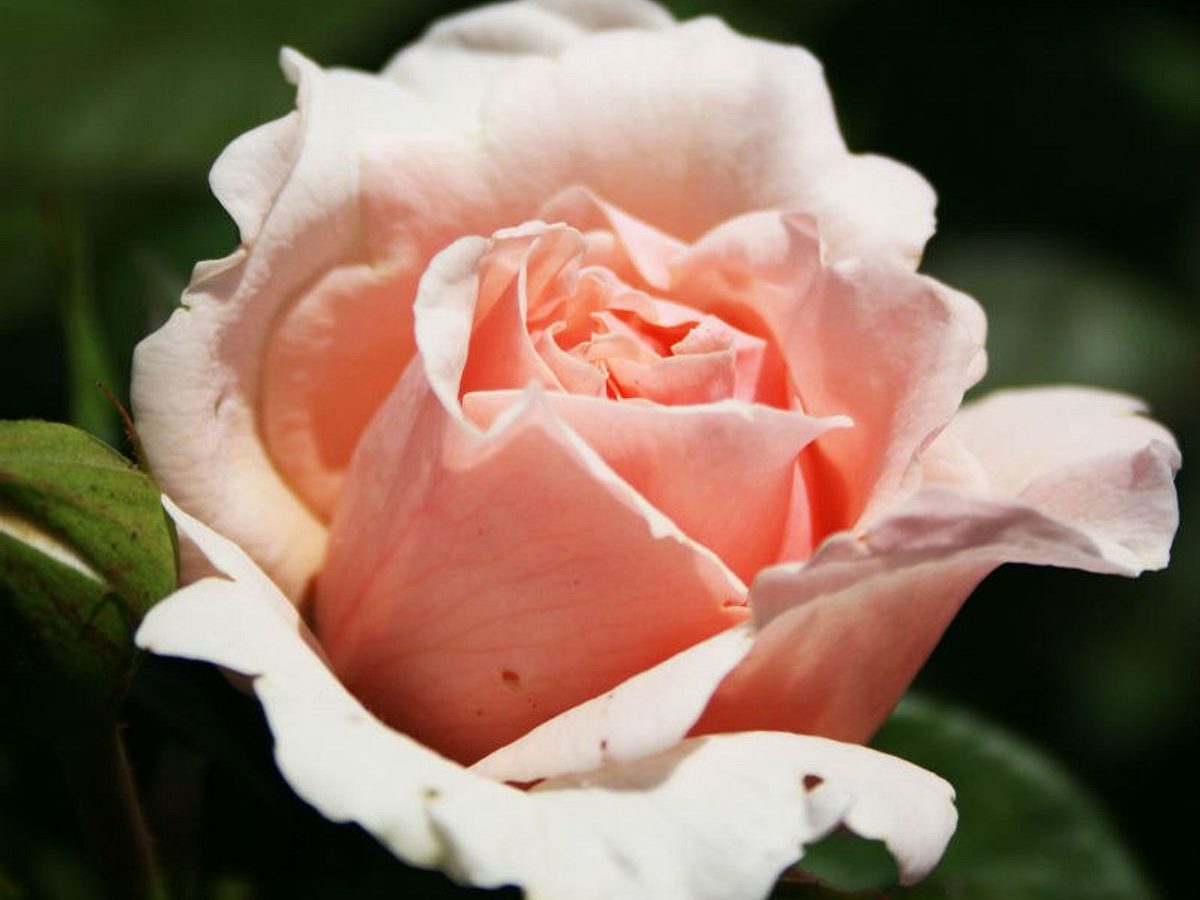
Most roses sold in Australia are raised by rose breeders in the northern hemisphere where the climate is very different to that of Australia.
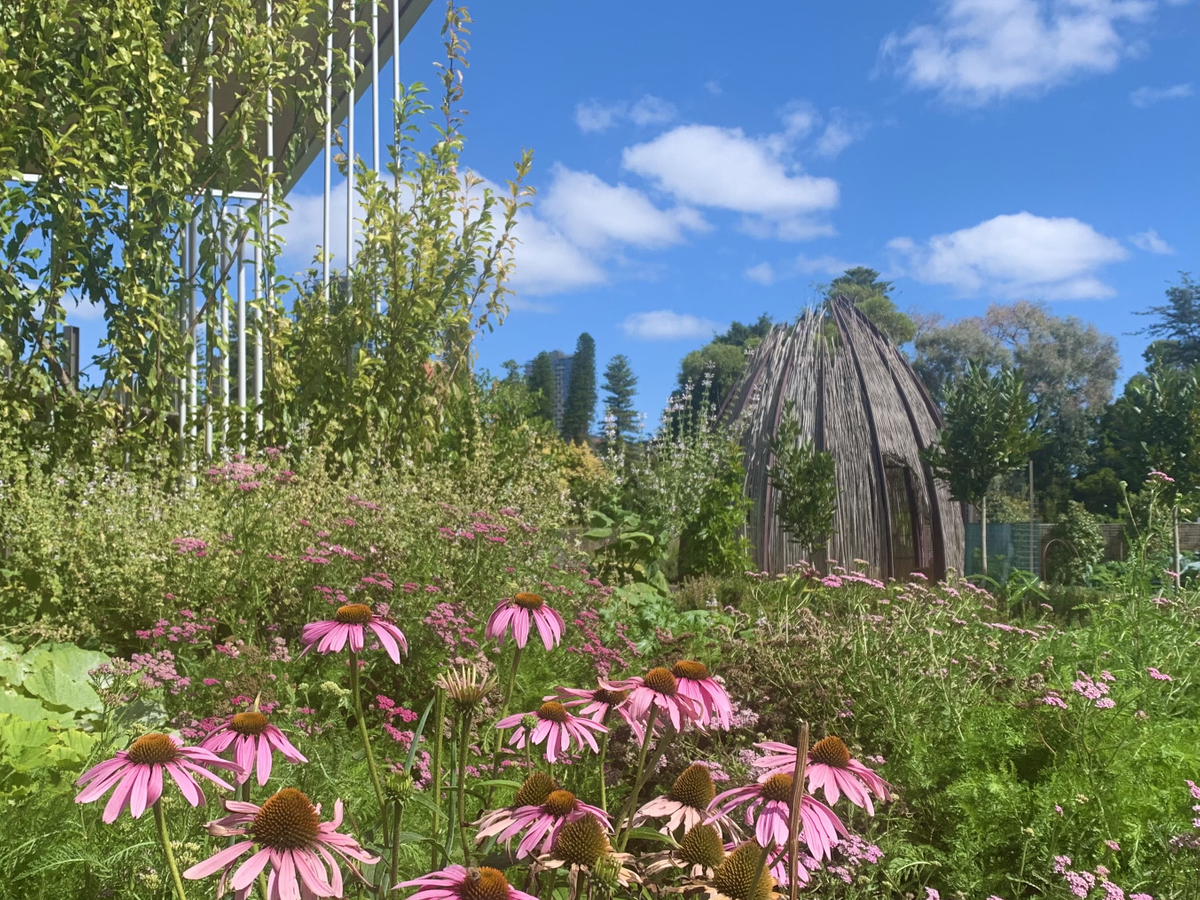
Designed as an educational space for children, the Kitchen Garden includes garden beds abundant with seasonal fruit, vegetables and herbs, pots and trays, structures for climbing plants, fruit trees, compost, worms and enclosed areas for group discussion and storytelling.
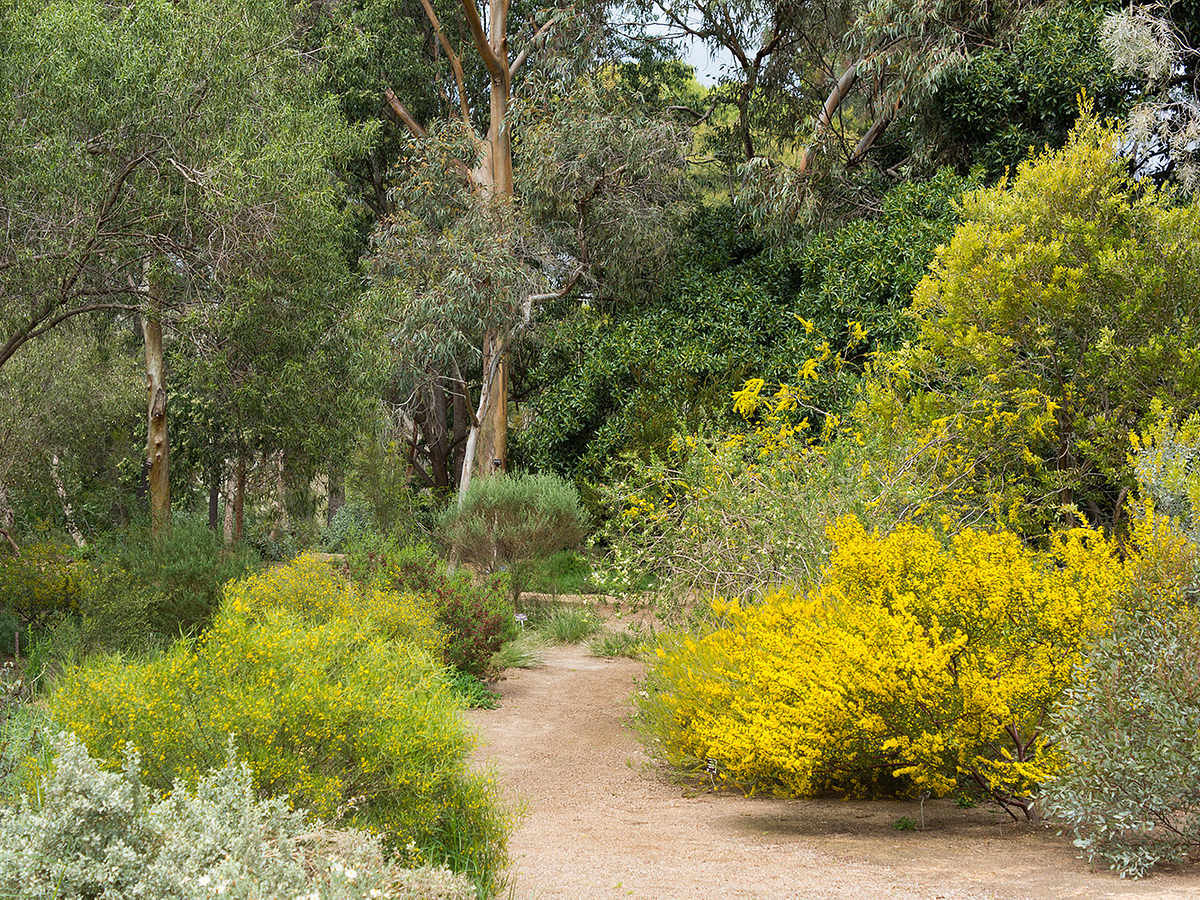
Filled with plants native to South Australia, this non-irrigated part of the Garden is awash with vibrant yellow flowers from August - September as its wattles and sennas explode into colour.
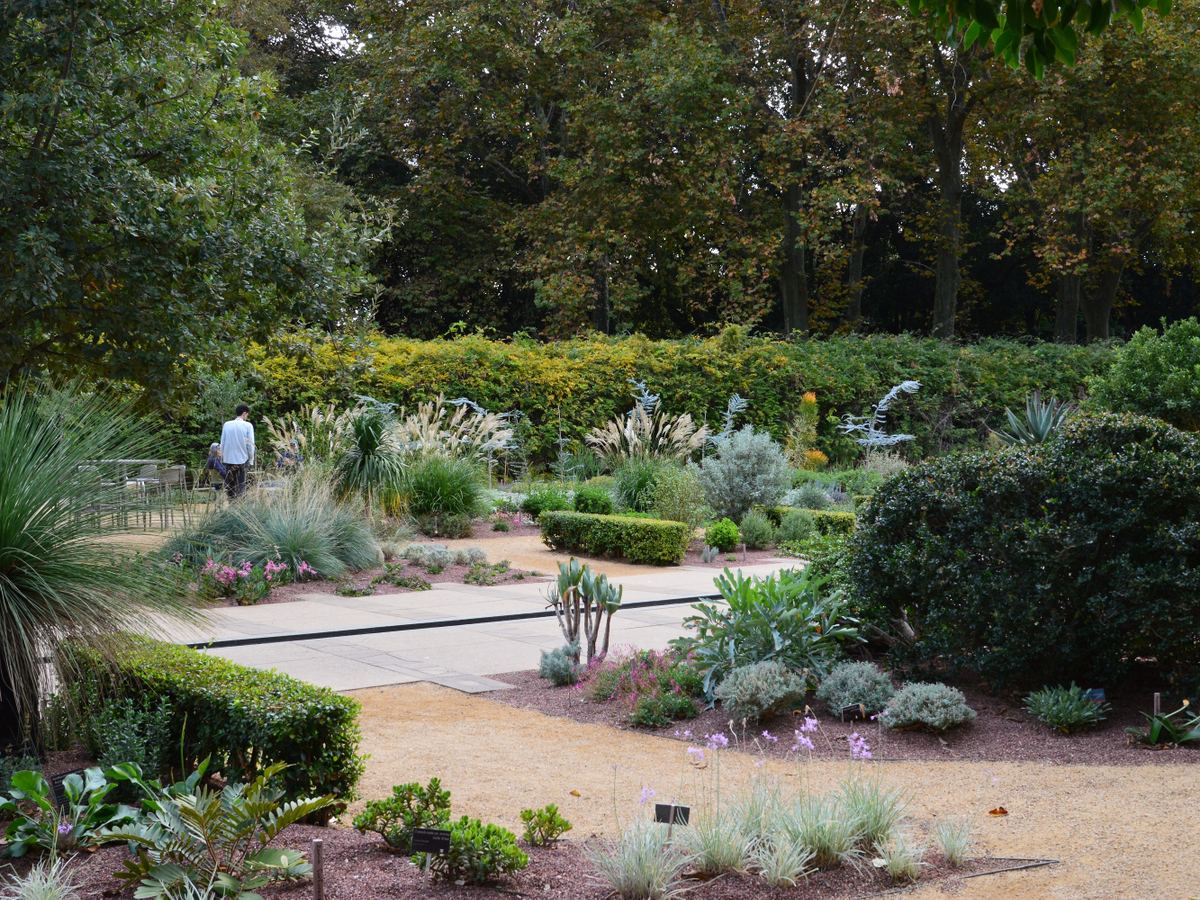
The Mediterranean Garden highlights how careful plant selection and thoughtful design can be used to create stunning garden displays that use water wisely and well.
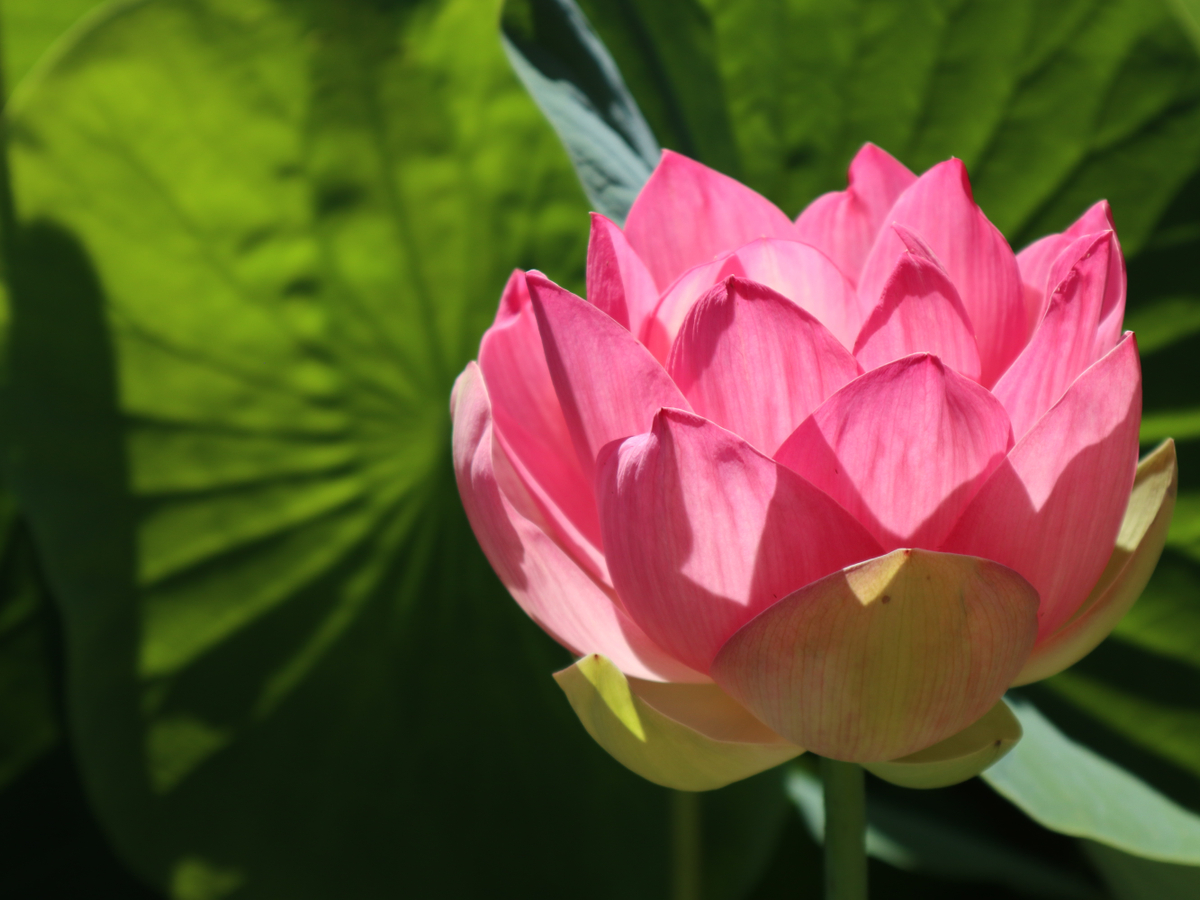
This pond comes to life from November each year, starting with lush green leaves emerging from the muddy waters. By late December - January, the whole pond is filled with the large pink lotus flowers and enormous, luminous green leaves of the Nelumbo nucifera plant, also known as the Sacred Lotus. This aquatic plant is a symbol of purity, rebirth and spirituality across many Asian countries. In many cultures, its rhizomes are eaten and it is used in a number of traditional medicines.
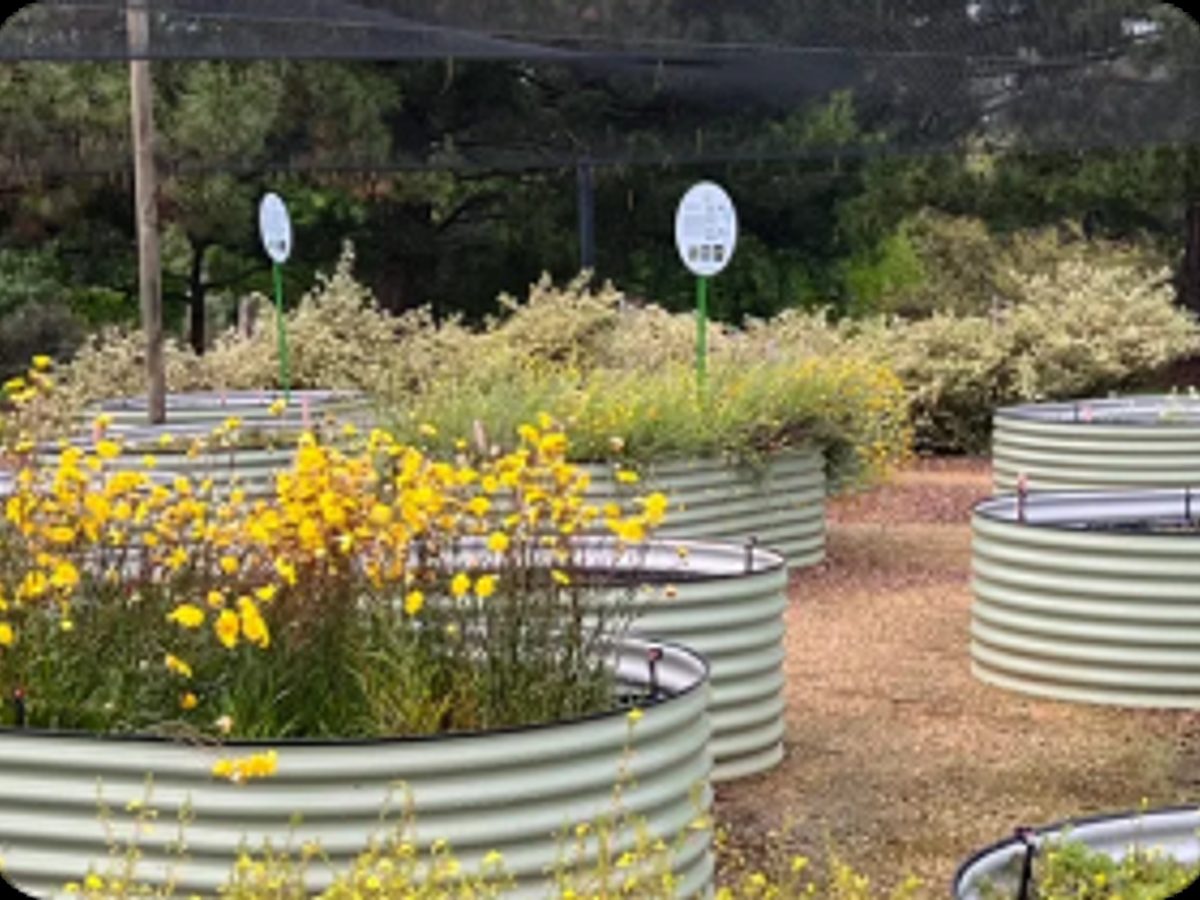
See conservation in action in this working garden, where threatened South Australian plants are being grown for revegetation projects and seed harvesting and storage.
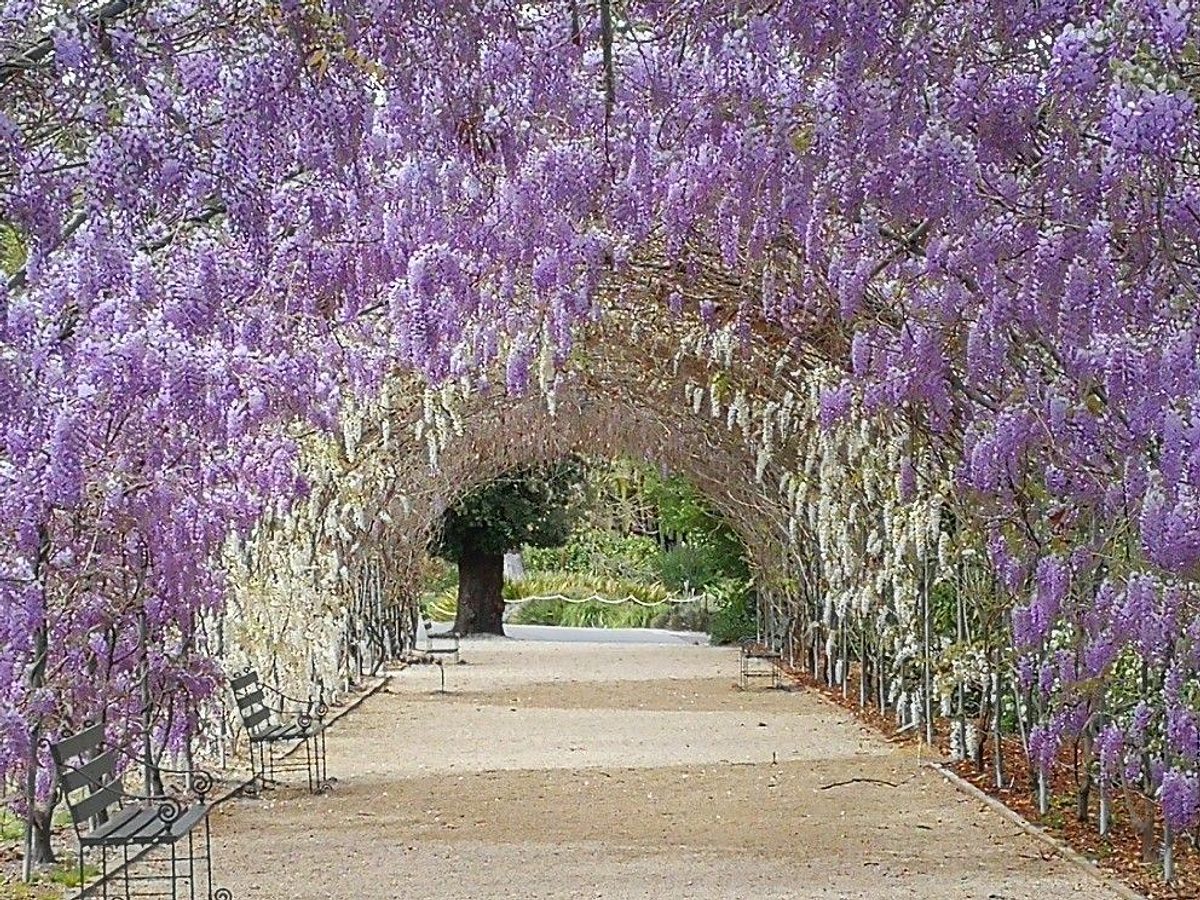
Running along either side of the Mediterranean Garden are two wisteria arbours, featuring three different cultivars in mauve and white. Blooming from around mid-September to mid-October, these fragrant plants create a stunning botanical experience as you walk under their beautiful blooms.